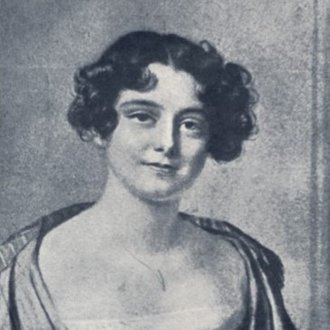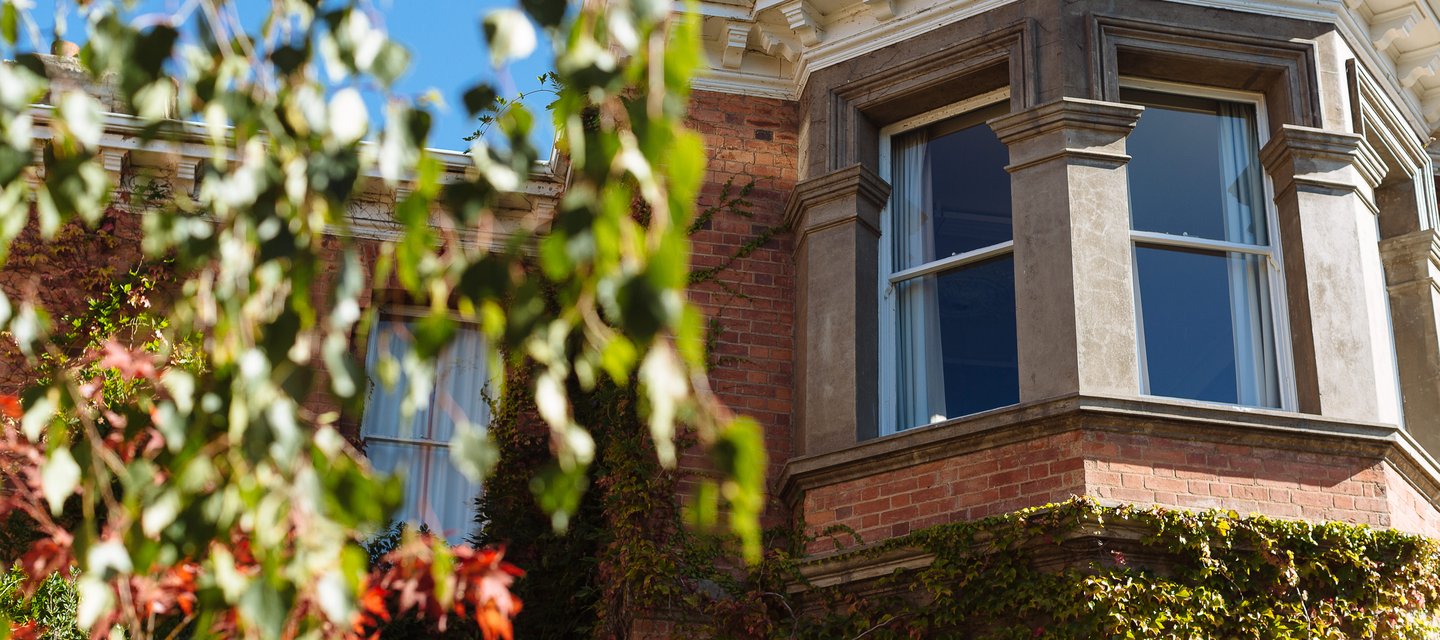A History of Jane
Founded by the Tasmanian Council of Churches in 1950 as a non-denominational Christian College for women studying at the University of Tasmania, Jane Franklin Hall was always somewhere where all faiths and beliefs are welcome and intellectual growth fostered.
It took some months before the College was named Jane Franklin Hall after early suggestions failed to enthuse. The idea to name the College after Lady Jane Franklin (1791-1875), wife of Governor of Tasmania and famed Arctic Explorer Sir John Franklin (1786-1847), came from the 24-year-old Principal, Miss Thais Slatyer, who felt the name offered historic gravitas and a Tasmanian flavour. While now recognised to have been a complicated historical figure, Lady Jane was a prominent supporter of wider access to education for all classes of people, and so the name was considered an appropriate option given the College’s mission.
The College’s own historic centre is the building now known as Barrett. Built as a residential property in the 1880s, this has been the heart of Jane Franklin Hall since opening in 1950.
Subsequent additions to the campus reflect the College’s growth over following decades. Among the College’s historic treasures is the fishpond outside the office, which dates from the 1840s. It is the sole remaining element of the former Allport Lodge, which was demolished in 1968 to make room for Aldridge. Also significant is Webber, a stylish residence designed in 1908 by the architectural firm behind Hobart’s City Hall and Launceston Grammar.
Paralleling physical growth was the College’s cultural evolution. Originally a residence for sixteen women with a nightly curfew, the original residents formed strong social, sporting, and academic traditions which helped make Jane into the attractive collegiate environment which offered more than just accommodation. Noteworthy examples of longstanding Jane traditions include regular Formal Dinners, the Jane Ball, and various Student Club initiatives such as Car Rally.
Some traditions came and went, but the biggest structural change in Jane’s history was its shift away from being a single-sex College in the late 1970s. While largely in response to financial circumstances, this change was aided by changing social mores and set the scene for Jane’s subsequent development as Tasmania’s premier university College. Situated in beautiful grounds, hosting a wonderful community of scholars, and forming generations of alumni, Jane is drawing on its own rich tradition while also innovating to meet the needs of ever-changing times.
-
Jane Franklin (1792-1875)
The curious and studious Jane Franklin cut a remarkable figure in colonial Van Diemen’s Land (as Tasmania was originally known).

